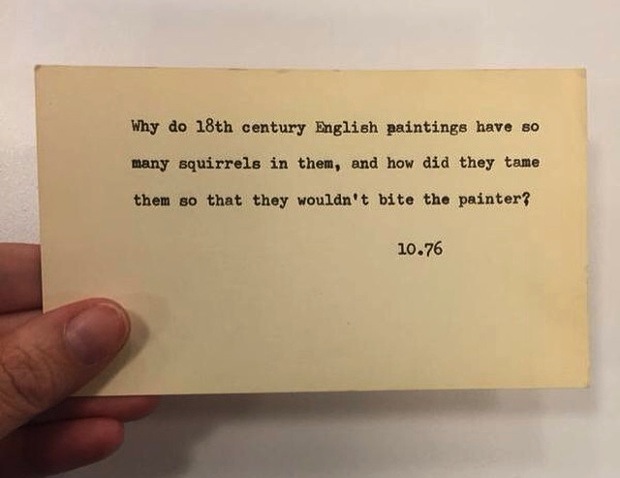Astronomers have adult movie watch online | Adult Movies Onlinediscovered that Earth's large, ever-looming moonis about to get company.
Beginning on Sunday, the planet will capture an asteroidsailing nearby, drawing it in for one loop around Earth before making its exit on Nov. 25. When it leaves, it will continue its trajectory around the sun. The two-month visit puts this spacerock in the class of so-called "mini-moons."
The asteroid getting its proverbial 15 minutes of fame is called 2024 PT5, discovered with the help of a NASA-funded asteroid detection system and a South African observatory in August. But before digging out binoculars from the closet, know this: It's only 33 feet wide — about the length of a Greyhound bus — and not bright enough to view with the naked eye or an amateur telescope.
SEE ALSO: NASA's Mars rovers had a gangbusters summer of rocks Scientists suspect Earth's only fixed-orbit moon was formed 4.5 billion years ago. Credit: NASA
Scientists suspect Earth's only fixed-orbit moon was formed 4.5 billion years ago. Credit: NASA Throughout the solar system, close to 300 moonsorbit the eight planets and Pluto, and scientists often find new ones as survey methods improve. The vast majority of moons circle gas giants Saturn and Jupiter.
They come in a variety of shapes and sizes, but their defining characteristic is that they orbit another cosmic object larger than themselves. While these natural satellites are quite common, moons are special to humans because Earth has just one in a fixed orbit — albeit a big rocky oneroughly one-quarter Earth's size about 239,000 miles away.
Earth has captured asteroids and pulled them into orbit with its gravity before, but often these space rocksfly by without completing a full circuit around the planet. Compared to mini-moons of the recent past, 2024 PT5 is a short-timer. In July 2006, a visitor dubbed RH120stayed in orbit around Earth for a year before getting flung out in July 2007. Astronomers believe one that escaped in May 2020 could have been sweeping around the planet for several years.
 Throughout the solar system, close to 300 moons orbit the eight planets and Pluto, and scientists are often finding new ones as survey methods improve. Credit: NASA composition illustration
Throughout the solar system, close to 300 moons orbit the eight planets and Pluto, and scientists are often finding new ones as survey methods improve. Credit: NASA composition illustration Two astronomers from the Universidad Complutense de Madrid in Spain made the latest mini-moon discovery while calculating the dynamics of near-Earth objects. Their findings were publishedin the journal Research Notes of the AAS. Prior research through NASA's Asteroid Terrestrial-impact Last Alert Systemhad already shown that the space rock was not a threat to smashing into Earth.
While studying 2024 PT5's path, the research duo, Carlos de la Fuente Marcos and Raúl de la Fuente Marcos, could also trace back to its origin. The space rock likely came from the so-called Arjuna asteroid belt, a group of small rocks concentrated near Earth that was discovered in the early 1990s.
Topics NASA
(Editor: {typename type="name"/})
 Astronomers saw one galaxy impale another. The damage was an eye
Astronomers saw one galaxy impale another. The damage was an eye
 Are Machines Changing Translation from an Art to a Science?
Are Machines Changing Translation from an Art to a Science?
 Are Machines Changing Translation from an Art to a Science?
Are Machines Changing Translation from an Art to a Science?
 Winning Her Back: Natalie Clifford Barney and Renee Vivien
Winning Her Back: Natalie Clifford Barney and Renee Vivien
 NYT Connections hints and answers for May 18: Tips to solve 'Connections' #707.
NYT Connections hints and answers for May 18: Tips to solve 'Connections' #707.
 Contraband
...[Details]
Contraband
...[Details]
Being a Total Bore Is Kind of Interesting
 Fun, GamesBy Sadie SteinJune 2, 2015Our Daily CorrespondentUnknown painter, Melancholia(detail), 152
...[Details]
Fun, GamesBy Sadie SteinJune 2, 2015Our Daily CorrespondentUnknown painter, Melancholia(detail), 152
...[Details]
 The Glad GameBy Sadie SteinNovember 13, 2014Our Daily CorrespondentIn the immortal words of Winston
...[Details]
The Glad GameBy Sadie SteinNovember 13, 2014Our Daily CorrespondentIn the immortal words of Winston
...[Details]
The NYPL’s Librarians Use to Field All Kinds of Questions
 Urgent Questions for Librarians, and Other NewsBy Dan PiepenbringJune 2, 2015On the ShelfA question
...[Details]
Urgent Questions for Librarians, and Other NewsBy Dan PiepenbringJune 2, 2015On the ShelfA question
...[Details]
This is the fattest of the extremely fat bears
 Welcome to Fat Bear Week 2021!Katmai National Park and Preserve’s brown bears spent the summer
...[Details]
Welcome to Fat Bear Week 2021!Katmai National Park and Preserve’s brown bears spent the summer
...[Details]
Remembering Irony’s Awkward In
 Like Rain on Your Wedding DayBy Sadie SteinMay 13, 2015Our Daily CorrespondentAn archetypal Kim Ande
...[Details]
Like Rain on Your Wedding DayBy Sadie SteinMay 13, 2015Our Daily CorrespondentAn archetypal Kim Ande
...[Details]
When Cheever Thought Updike Was Dead
 False AlarmBy Dan PiepenbringMay 27, 2015From the ArchiveCheever, right, with Updike on TheDick Cave
...[Details]
False AlarmBy Dan PiepenbringMay 27, 2015From the ArchiveCheever, right, with Updike on TheDick Cave
...[Details]
Where We Live: David Graham’s Photos of American Homes
 Where We LiveBy Dan PiepenbringMay 28, 2015LookAtlanta, Georgia, 1996. Photo via Laurence Miller Gal
...[Details]
Where We LiveBy Dan PiepenbringMay 28, 2015LookAtlanta, Georgia, 1996. Photo via Laurence Miller Gal
...[Details]
The fat bears are already extremely fat
 The fat bears exemplify success.Many of the brown bears at Katmai National Park and Preserve have pu
...[Details]
The fat bears exemplify success.Many of the brown bears at Katmai National Park and Preserve have pu
...[Details]
Philip Larkin’s Awful Vacation
 The Spit of RecollectionBy Dan PiepenbringJune 2, 2015CorrespondencePhilip Larkin.A letter from Phil
...[Details]
The Spit of RecollectionBy Dan PiepenbringJune 2, 2015CorrespondencePhilip Larkin.A letter from Phil
...[Details]
How to Easily Make iPhone Ringtones Using Only iTunes
Suzanne Farrell Comes to the New York Public Library

接受PR>=1、BR>=1,流量相当,内容相关类链接。